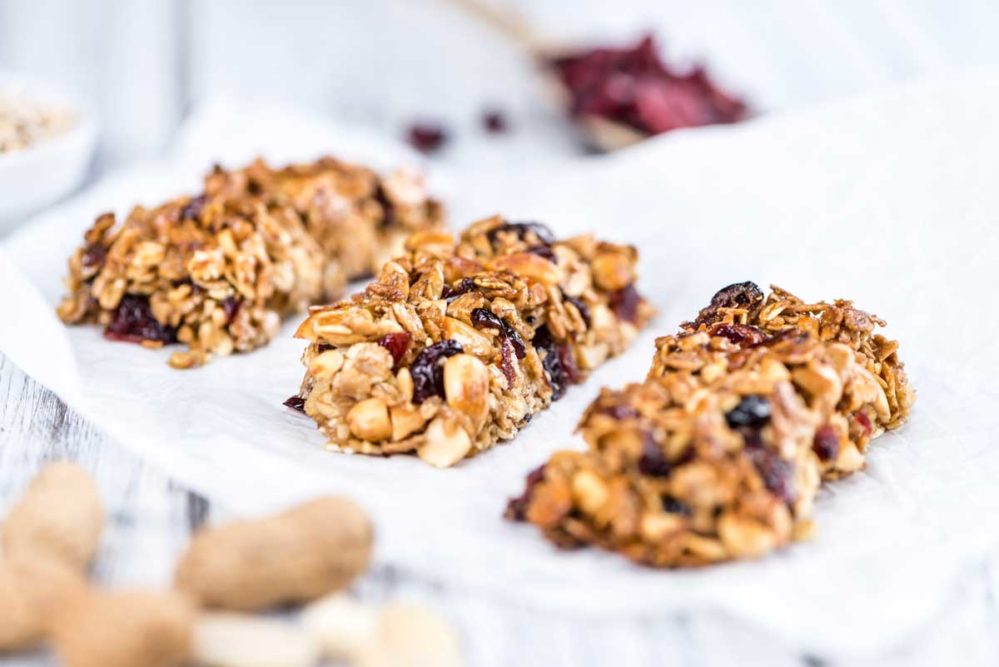While enzyme blends and antioxidants address staling in a clean label way, they aren’t without their compromises and limitations.
“The biggest challenge with natural solutions is that they are a completely different product from their synthetic alternatives, so it requires a lot of testing, retesting and lab analysis for companies to be confident in their ingredient swap,” said Jenn Adams, business development manager, International Food Products.
These clean label ingredients are effective at anti-staling, but often not as much as their synthetic counterparts.
“When looking at ingredients such as label-friendly mold inhibitors, shelf life tends to be shorter than synthetics, which means manufacturers must choose between clean label and shelf life,” said Emily Guilfoyle, bakery R&D manager, Kemin Food Technologies.
For antioxidants, that means higher dosages of the ingredient in order to achieve the same effectiveness.
“The synthetics, which have been around for decades, are efficient at retarding oxidation at very small dosages,” said David Guilfoyle, group manager, bakery/fats and oils, DuPont Nutrition & Biosciences. “When going to a natural option, the dosage will need to increase to meet the same oxidation efficiency.”
To get the most out of natural solutions, formulators need to understand how different antioxidants function as well as the formulation of the product. Mr. Guilfoyle suggested product developers consider the type and level of oil used, formulations and processing factors, regulatory aspects, sensory impacts, desired shelf life, and the method of application when evaluating the effectiveness of natural antioxidants in a certain system.
“The challenge for formulators who are not familiar with the usage of antioxidants is that they need to remember the type of system they are using an antioxidant in,” he said. “If the system is higher-fat, then an antioxidant that disperses well in fat will be the best option. The same goes for a system that is higher in water; then using an antioxidant that disperses well in water is the best option. The important thing to remember about antioxidation is that it retards the rate of oxidation, but antioxidants do not terminate it.”
Flavor is the other challenge when working with natural antioxidants. These ingredients, extracted from plants like rosemary, can carry their own strong flavors.
“Manufacturers need to make sure they are using natural plant extracts at a low enough dosage to avoid any sensory impact in the product but still at a high enough dosage rate for the antioxidant to be effective in the application,” Ms. Guilfoyle said.
Antioxidants have the flexibility of being added at different points in processing, such as in a topical spray on a cracker. However, Ms. Guilfoyle said that where and how the antioxidant is added can have an impact on dosage and effectiveness.
Other clean label options can be tricky to work with and require some knowledge and care.
“Label-friendly alternatives such as enzymes can and will be unpredictable at times,” Ms. Guilfoyle continued. “Label-friendly solutions are application- and process-specific on how and when you’ll want to use them.”
She offered the example of corn and flour tortillas. Not only are the processing parameters different for each application, but their formulations offer up different challenges that require custom blends.
An added challenge is that natural alternatives are typically not one-to-one replacements of their synthetic counterparts. Often, the entire system needs to be reformulated to accommodate changes in flavors, textures and quality as well as to achieve the same effectiveness.
“Enzymes in particular offer unique challenges with an application because their performance can be affected by variables like time, pH and moisture levels, temperature, and even the specific formulation of each baked good,” said Kathy Sargent, global strategic innovation director, Corbion. “The type of enzyme used, along with the lipids, sugar, starches, humectants and proteins, all have the ability to impact product quality, so it’s important to consider these factors when choosing the correct enzyme system for your application.”
Ms. Adams suggested that the best strategy when working through this complex reformulating is to use multiple ingredients to achieve the desired freshness and finished product quality.
“For example, anti-mycotic and humectant together prevent mold growth and retain moisture,” she said.
The truth is, no ingredient solution is going to keep bread, cookies or cakes fresh forever. Oxidation, water activity and starch recrystallization are inevitable. But with some creative reformulating, bakers can find a solution that satisfies demands for freshness and a clean ingredient list.
This article is an excerpt from the March 2020 issue of Baking & Snack. To read the entire feature on natural anti-staling, click here.





